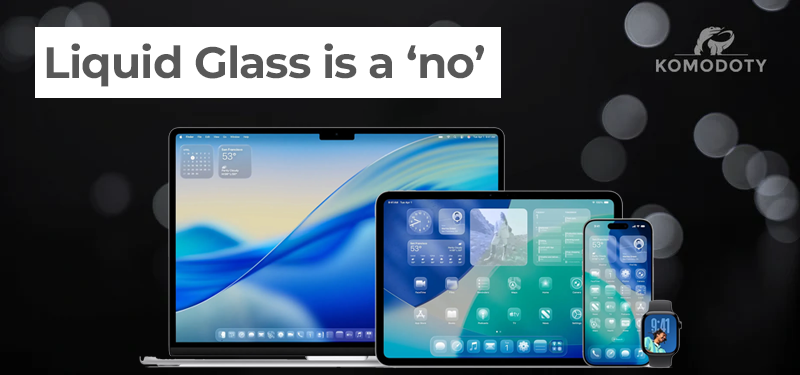Thin Phones, Big Promises, Bigger Problems: Why Huawei’s Approach Wins
The smartphone industry is chasing a flawed dream: ultra-thin designs that promise style but deliver disappointment. Samsung’s Galaxy S25 Edge and Apple’s rumored iPhone 17 Air prioritize a sleek profile over practical performance, leaving users with fragile devices that falter under daily use. Huawei, however, builds phones designed for real life. This article explores why thin phones fall short, how Huawei’s strategy triumphs, and what it means for your next upgrade.
Samsung’s Galaxy S25 Edge, launched in May 2025, measures just 5.8mm thick and weighs 163 grams, priced at $1,099. On paper, it’s an engineering feat. In reality, its 3,900mAh battery lasts a mere 12 hours—barely enough for a busy day. Testing reveals it lacks a telephoto camera, a standard feature in competitors like the OnePlus 13, which offers a 5,400mAh battery and triple lenses. Thinness sacrifices function, turning a premium phone into a daytime liability.
Apple’s iPhone 17 Air, set for September 2025, pushes the trend further. Rumored at 5.5mm with a 2,800mAh battery, it’s thinner but weaker. A single 48MP camera replaces the versatile multi-lens systems of models like the iPhone 16 Pro Max. Users crave all-day power and flexible photography, yet Apple bets on millimeters over reliability. The result? A device as fragile as fine china.
Huawei’s Mate 70 Pro offers a refreshing contrast. Its 5,500mAh battery powers through a full day, supported by 100W fast charging that revives it in minutes. A triple-camera system, including telephoto, captures every detail with ease. At 8.2mm, it’s built to endure, not just impress. Huawei proves that a thicker frame can house smarter technology.Why do thin phones fail? Imagine them as glass sculptures—elegant until they crack. Compacted designs struggle with heat, risking overheating and slowdowns. Structural integrity weakens; thinner phones bend more easily, recalling the iPhone 6’s “bendgate” woes. Smaller batteries and fewer cameras compromise performance, while tight layouts make repairs costly and complex. Huawei avoids these pitfalls, focusing on durability and utility.
Data backs this up. The Galaxy S25 Edge’s sales lag, hinting at consumer frustration. Early reviews flag its battery as a weak link, urging chargers on hand. The iPhone 17 Air’s rumored specs suggest a similar fate. Meanwhile, Huawei’s Mate 70 Pro earns praise for reliability, with users noting its all-day stamina and robust build. AnTuTu scores from March 2025 highlight its balanced performance, outpacing thinner rivals in real-world tests.The lesson is clear: a phone should work, not just look good. Thin designs cater to aesthetics, not needs. Huawei’s approach—optimizing software, enhancing battery life, and perfecting camera systems—meets daily demands. It’s a phone you can rely on, not replace often.
"To understand how these thin phones stack up against what users truly need, consider the following breakdown. As of July 24, 2025, we’ve analyzed the Samsung Galaxy S25 Edge, iPhone 17 Air, and Huawei Mate 70 Pro across key categories—thinness, battery life, camera versatility, durability, value, and more. The table below, designed for clarity, uses ticks (✓) for met needs and crosses (✗) for shortcomings, with data to back it up. Dive into this visual guide to see which phone aligns with your priorities and why durability might redefine your next choice.

Searching for a durable smartphone? Explore options like the Mate 70 Pro or compare specs across brands. Keywords like “best durable smartphones 2025” or “Huawei Mate 70 Pro review” can guide your choice. Avoid the thin-phone trap and invest in longevity. Your next upgrade deserves to last.



Hinterlasse einen Kommentar
Diese Website ist durch hCaptcha geschützt und es gelten die allgemeinen Geschäftsbedingungen und Datenschutzbestimmungen von hCaptcha.